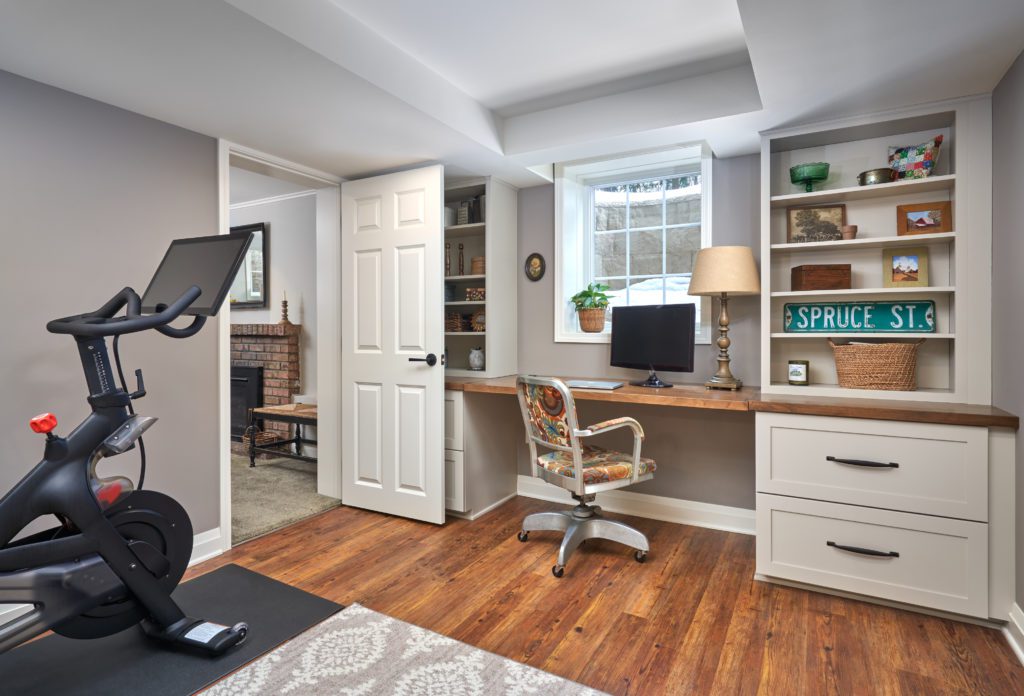Finished basements give your household more room to spread out and relax. Plus, basement remodels can contribute significantly to the resale value of your home. (Read more about The ROI of a Basement Remodel here).
But before you go on scheduling your remodel, here are a few ideas to keep basement mold at bay!
Why Is Moisture Bad For Basements?
A basement is a hole in the ground made of soil, and almost all soil carries moisture.
Moisture is a basement’s worst enemy; where there is moisture, there is mold.
If you want a desirable, long-lasting basement and a clean, safe living environment, you do not want mold.
Mold exposure can cause congestion, runny nose, sneezing, coughing, itchy throat, eye and skin irritation, and more. About 10-20% of people worldwide are allergic, which can mean more severe reactions and significant health problems. Prolonged exposure to indoor molds can lead to upper respiratory tract infections and exacerbate asthma. Young children and older people are especially susceptible.
“Mold exposure or dampness may even cause people to develop asthma.”
– The CDC
Besides the health issues and the nasty smell, mold can lead to extensive home damage requiring lengthy and costly repairs.
Basement mold removal, in particular, can be expensive. Typically, it involves:
-
- Cleaning and disinfecting walls, carpeting, and personal items.
- Removing drywall.
- Repairing structural damage.
- Refinishing.
All of this work could wind up costing $30,000 or more.
Mold 101: Uncovering the Basics
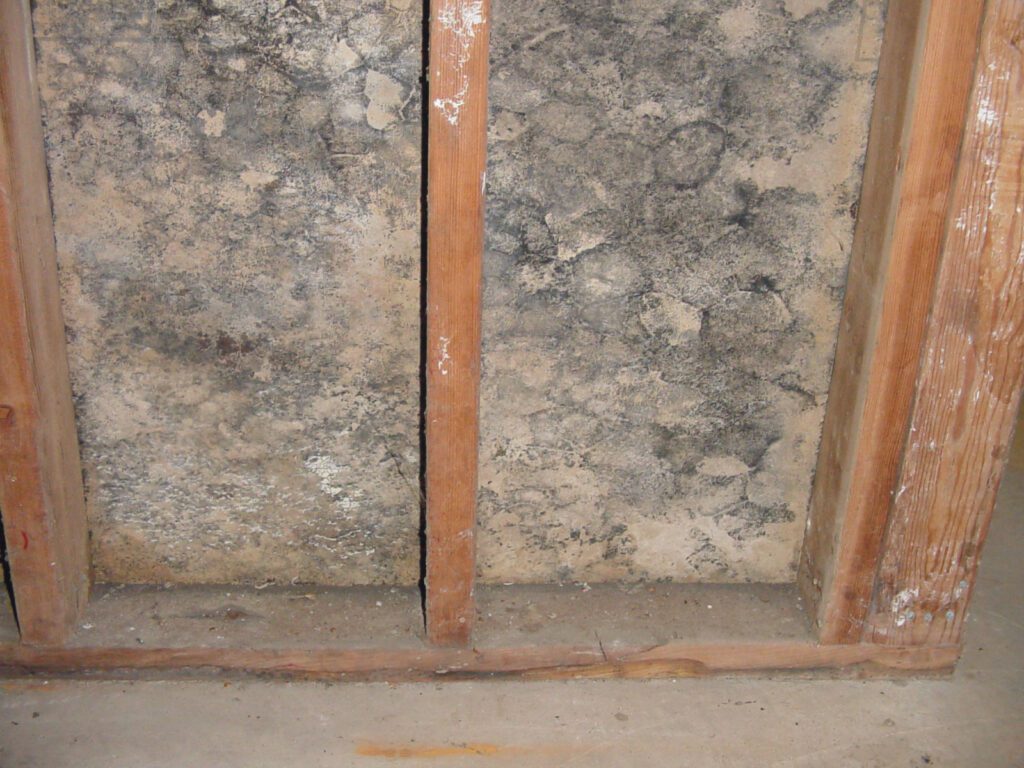
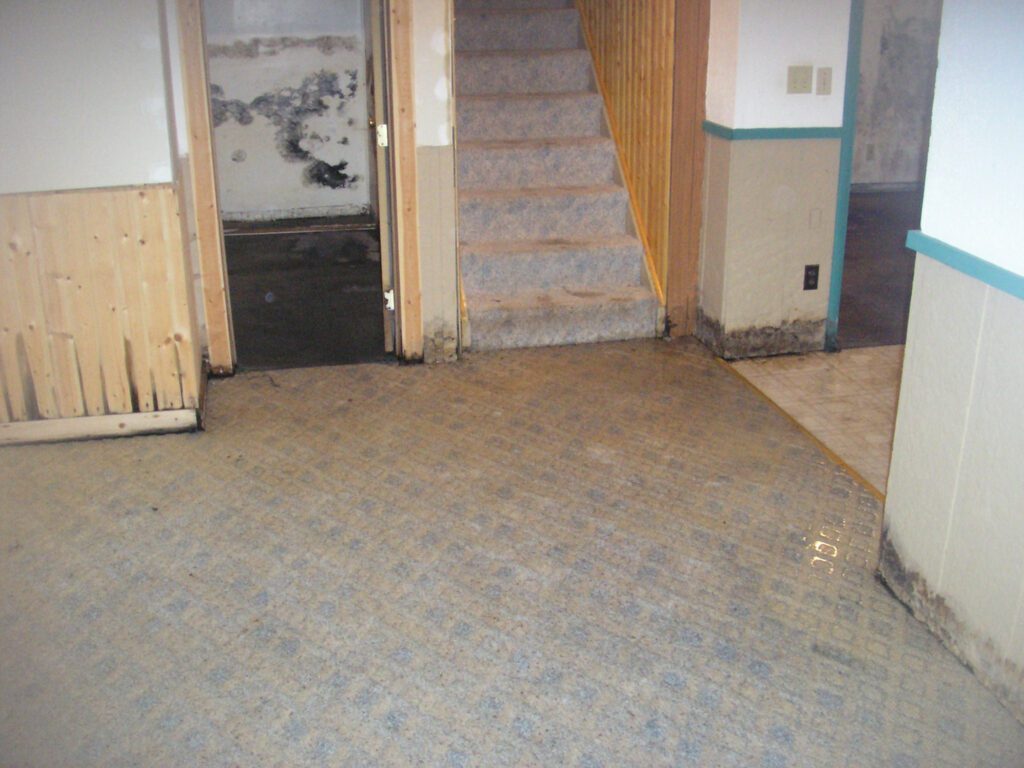 .
. 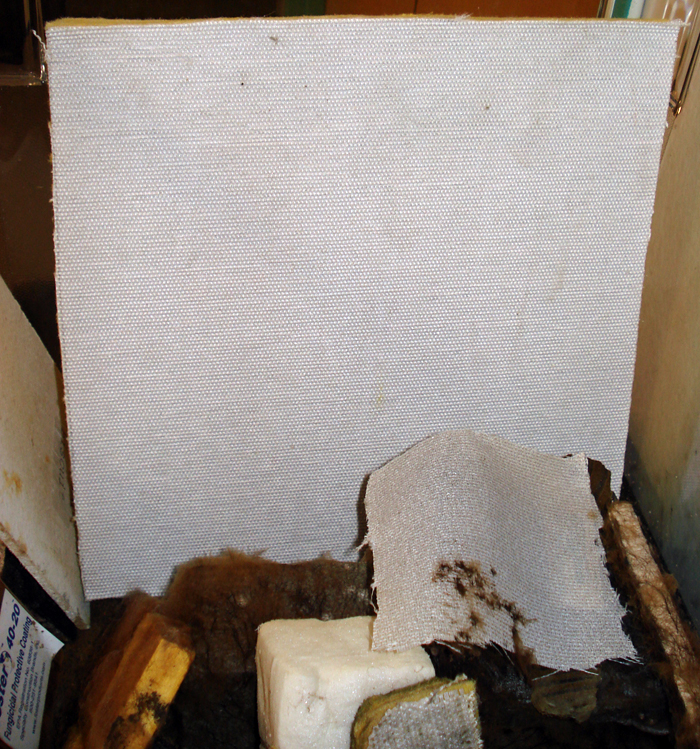
Mold is a fungus that releases microscopic spores into the air. It loves moisture and needs four things to grow: water, food, air, and room temperature.
Organic materials such as dust, fabric, wallpaper, wood, drywall, carpet, and paint provide the perfect food and lots of nourishment for mold to grow and reproduce. Mold grows year-round — in any kind of home, with the right conditions – and can grow even if you can’t see it. As molds grow and reproduce, the spores float out into the air. That’s right, just as heat rises, so does mold.
When temperatures exceed 40 degrees Fahrenheit, spores spread, landing and growing throughout your home. Spores are drawn upward and throughout your home, finding and landing on any organic materials it finds.
DID YOU KNOW: One square inch of drywall can contain up to 10 million mold spores! That’s why it’s essential to tackle mold removal right away.
(Do you have a sneaking suspicion you’re currently battling basement mold? Schedule a Minneapolis mold inspection.)
How Does Mold Get Into Your Home?
It’s everywhere. All basements get wet at some point – if not from outside water- from a plumbing leak, roof leak, or a central air conditioner problem. And once things get wet, mold has an opportunity to grow.
When water enters your basement, it creates dampness.
Dampness creates a home for mold.
To make matters worse, mold in finished basements (or unfinished basements) can fester even without a leak.
Because basements are in the ground, they tend to be cooler. When external air enters the house through water diffusion – humidity increases. As humidity goes up, the air gets damp, thereby creating the perfect condition for spores to grow and reproduce.
Basement Mold Removal Minneapolis, MN
If you’re remodeling your basement due to mold, you want to hire a team that does things correctly. Bluestem’s expertise means we think about your basement from the inside out. This attention to detail keeps your space liveable, breathable, and functional for years.
How to Avoid Mold in Your Basement Remodel
At Bluestem Remodeling, our methods can prevent basement mold and mildew from ever finding food and a place to live in your home.
1. Start with the Right Construction When Remodeling Your Basement
-
-
-
- Avoid organic materials: fiberglass, wood, wood products, and paint—these materials are a buffet for mold. When exposed to water, they absorb it, swell, warp and distort, and then grow mold. Wood studs, fiberglass installation, and drywall are the most common materials used in basements in America, and they are also the biggest sources of food for mold.
(One sheet of ½-inch drywall can absorb as much as 8 lbs. — one gallon! — of water weight when exposed to water. Once water damage occurs, you’ll need to replace these materials, causing you to get your basement finished all over again.) - Instead of wood framing, plywood, and drywall, opt for inorganic materials such as steel studs or luxury vinyl flooring. These inorganic materials do not provide food for mold to grow. They won’t swell or warp if they get wet, making them more durable in your basement.
- Even moisture & mold-resistant drywall can absorb shocking amounts of water. Mold in basement drywall happens way too often.
- Durable materials mean even if your basement gets wet, you won’t be paying to completely redo it.
- Avoid organic materials: fiberglass, wood, wood products, and paint—these materials are a buffet for mold. When exposed to water, they absorb it, swell, warp and distort, and then grow mold. Wood studs, fiberglass installation, and drywall are the most common materials used in basements in America, and they are also the biggest sources of food for mold.
-
-
2. Waterproof Your Basement
The smartest way to defend your home against basement mold is to waterproof the space before finishing it.
One of the more effective techniques involves combining an interior foundation drain with an impermeable membrane along the exterior walls. These systems prevent groundwater or rainwater from entering your basement through the foundation.
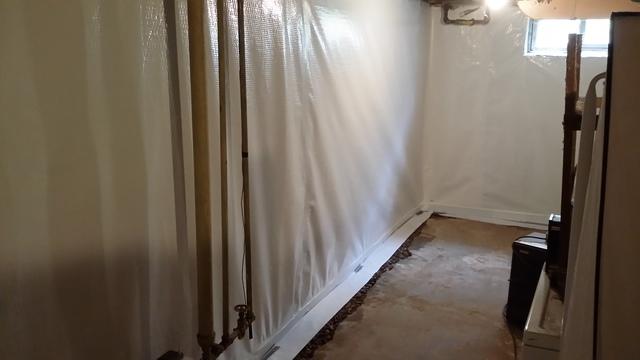
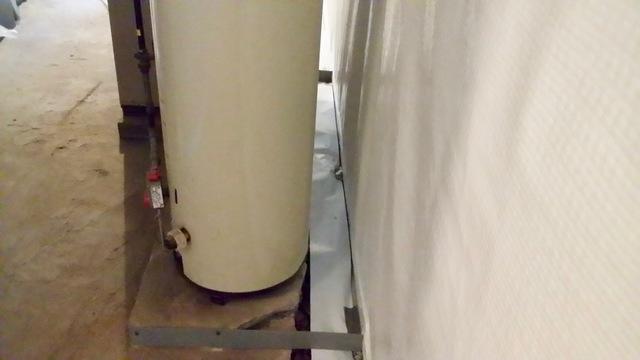
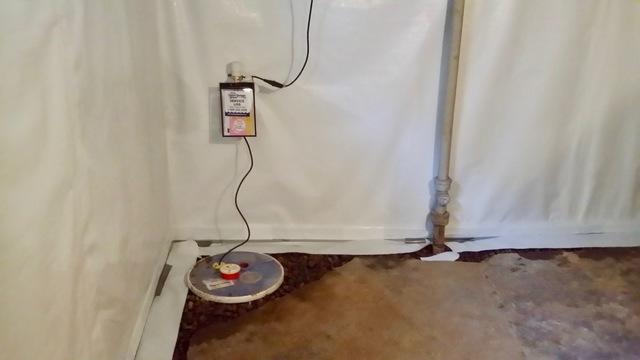
3. Check Your Home’s Exterior
Ensure gutters and downspouts are clean and free from debris. Make a point to keep them that way throughout the year.
Check the slope grading near your home’s foundation. Make yard grading changes if necessary.
Have a professional determine if your window wells are correctly installed and can drain adequately.
4. Keep Your Basement Dry
Once your Minneapolis basement remodeling is complete, the most important thing you can do to protect yourself against mold in your finished basement is to maintain a dry atmosphere.
We often install a SaniDry™ dehumidifier to help eliminate moisture and clean the air around you.
Plan Your Next Basement Remodel: Minneapolis, St. Paul, and Beyond.
Bluestem uses the proper materials to finish your basement, waterproof it, and investigates exteriors for potential leaks. These precautions mean you enjoy a safe and clean environment while keeping your basement fresh and new.
For more information about preventing mold and mildew in your basement or beginning your Minneapolis basement remodeling project, contact us by phone or email. We want to learn more about your vision and how we can help!
 .
. 